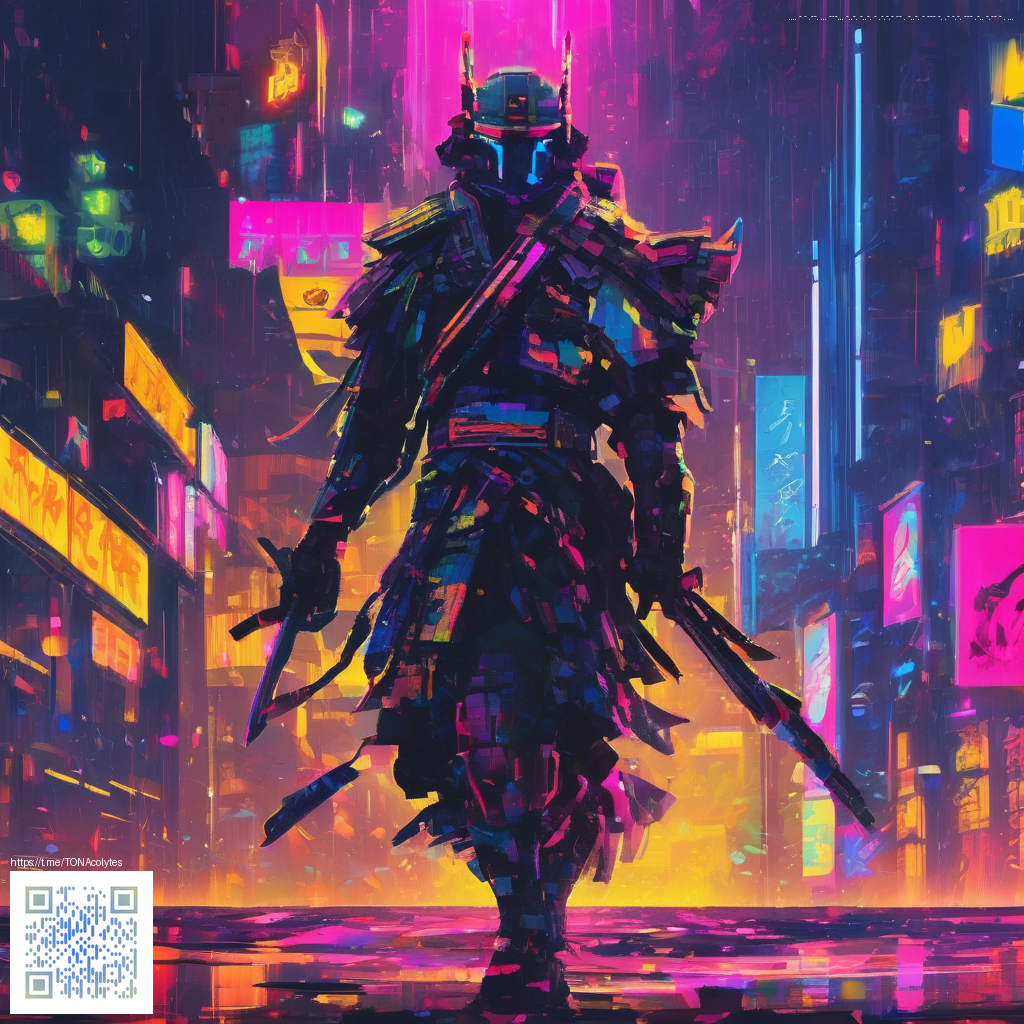
Texture is more than a visual finish—it's data. AI has unlocked a new era where texture generation, optimization, and testing can happen at the speed of thought, while still preserving human intent. In modern digital studios, teams move from material capture to creative texture libraries with a pipeline that feels both iterative and collaborative. The result is not just richer surfaces, but a more scalable workflow that can adapt to changing briefs, lighting conditions, and rendering engines.
From Capture to Creative Output: The AI-Texture Pipeline
The journey typically begins with real-world material capture—photos, scans, or photogrammetry passes. These seeds are then augmented by generative AI models to create variations, tilings, and maps that would be time-consuming to produce by hand. The core texture maps—base color or albedo, normal, roughness, metallic, height, and ambient occlusion—can be massaged by AI while maintaining strict physically-based rendering (PBR) fidelity. This approach lets artists experiment with patterns, wear, and micro-details that react convincingly under diverse lighting setups.
Tools, Models, and Data Hygiene
At the heart of the workflow are toolchains that blend AI-assisted generation with traditional texture artistry. Artists refine AI outputs through human curation, targeted upscaling, and precise color management. A well-organized asset library, clear naming conventions, and robust versioning help teams track provenance and ensure consistency across scenes and engines. It’s not about replacing artistry; it’s about amplifying it. For teams documenting field work or rapid concept exploration, AI-augmented pipelines can dramatically reduce iteration cycles while preserving the artist’s signature touch.
Interfacing with Production Engines
One of the biggest gains comes when AI-generated textures are integrated into production engines like Unreal or Unity. Generated maps can be baked into export-ready textures, tested in real-time lighting, and adjusted for performance targets. AI can suggest optimizations—such as where a texture can be tiled more efficiently or where a roughness map needs subtle variation to avoid repetitive shading. This start-to-finish integration ensures that the final render reads consistently across platforms and devices, from high-end workstations to mobile previews.
“AI accelerates texture creation, but it still demands human direction to preserve mood, coherence, and material intent. The best results come from a tight loop of AI-generated options, artist refinement, and rigorous testing.”
Real-world workflows also consider the hardware used to capture, review, and adjust textures in the field. For professionals who need dependable protection for their devices during location work, tools like the Rugged Phone Case — which you can explore here: Rugged Phone Case — Impact Resistant Glossy Polycarbonate — help keep devices intact while you gather reference textures and perform on-site adjustments. Such considerations remind us that AI-powered texture work isn’t confined to the desktop; it travels with the team from studio to site to finish line.
Quality, Consistency, and Collaboration
Maintaining consistency across a texture pipeline is essential when AI is involved. Establishing baseline PBR workflows, color spaces, and lighting setups ensures textures behave predictably in different scenes. Automated checks—such as artifact detection, tiling validation, and map integrity tests—catch issues early in the loop. Documentation, versioning, and clear feedback channels keep artists aligned, especially when multiple teams contribute variations or look-dev passes.
- Define a stable color pipeline and reference lighting for all texture tests.
- Tag AI-generated assets with provenance notes and version stamps.
- Pair AI outputs with hand-painted refinements where artistic judgment is most critical.
- Automate repetitive adjustments (tiling, normalization, and map channel alignment) to reduce manual error.
- Archive a human-curated gallery of preferred looks for future re-use and style transfer.
Practical Tips for Teams Embracing AI Textures
To unlock durable results, teams should approach AI texture workflows as a collaborative discipline. Start with a small, repeatable seed process: capture, generate, validate, and refine. Build test scenes early to compare AI variations under different lighting. Create guardrails around ethical use and licensing of generated textures, especially when combining AI outputs with real-world material references. And finally, invest in documentation. A living playbook—covering file formats, map channels, and export presets—can dramatically improve onboarding and cross-project consistency.
For organizations exploring case studies and practical examples, the case repository at https://zircon-images.zero-static.xyz/e35166b5.html provides insight into how texture teams apply AI to a full end-to-end workflow, from capture to rendered asset. It’s a reminder that the future of textures is not just about smarter machines, but smarter collaboration and disciplined workflow design.
Bringing It All Together
AI-infused texture workflows empower teams to explore more materially expressive surfaces while maintaining the rigor required for production. The blend of generative creativity, precise map management, and engine-ready exports creates a pipeline that adapts to evolving briefs and diverse render targets. By prioritizing data hygiene, robust validation, and ongoing collaboration, studios can realize faster iteration cycles without sacrificing material fidelity or artistic intent.